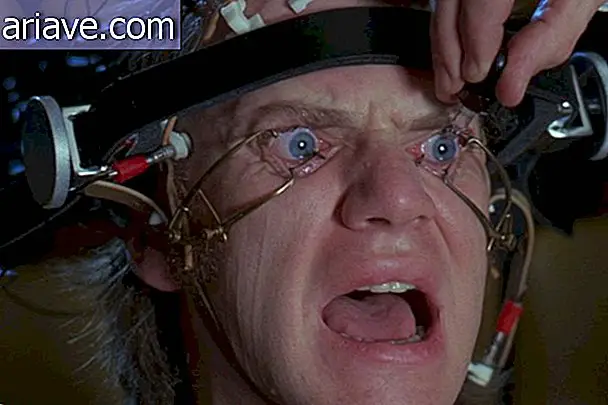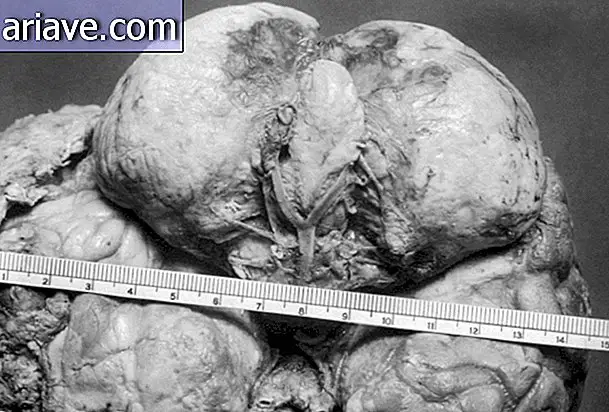Anton's Syndrome: When You Don't Believe You Are Blind
I am reading one of the most amazing books that have ever fallen into my hands. It's called “Incognito” and was written by neuroscientist David Eagleman, who can handle interesting neuroscience topics in a way that anyone can understand.
When I reached page 60 of Rocco's Brazilian version, I came across the following excerpt, which is part of the chapter that addresses issues related to human vision: “Consider Anton's syndrome, a disorder in which a stroke leads to blindness - and the patient denies the loss of sight ”.
When I read this, I wondered what you might be wondering, too: How can a person go blind and not believe it? Well ... The human brain is really fantastic and capable of many different adventures.

Eagleman went on to explain the case on page 61: “Those suffering from Anton syndrome are not pretending to be blind; they truly believe they are not. His verbal answers, though inaccurate, are not lies. They are living what they consider to be the vision, but everything is generated internally, ”says the author.
He also explains that a patient with this syndrome does not usually seek medical help quickly, simply for not realizing that he has gone blind. Over time, and with continual bumps in furniture, walls, and people, the patient begins to realize that something is wrong with him.
This happens, according to Eagleman, because a person's brain already has a lot of visual information that it has accumulated over the course of a lifetime, and in very specific cases that triggers after a stroke (stroke, such as stroke). (popularly known), are used by the brain as if one were really seeing.
In this issue of the Journal of Medical Case Reports, there is a report of an 83-year-old woman who, although not accepting, was blinded after a stroke. In the case report, the doctors explain that the patient acted as though she was not blind and that she also had mild dementia. Four weeks after starting treatment, the elderly woman was already seeing shadows again, indicating that in some cases this blindness may be temporary.

If we think of vision as an extremely complex process of illusions, frozen images, hallucinations, and brain creations, it is relatively easier to understand how these patients' brains use memory images to create the sensation of vision so perfectly that one arrives. not realizing she's blind.
In his book, Eagleman speaks of the mechanisms of vision with the fascination of those who study this physical process - and we can understand here as physicist physicist and physicist as that which is part of Physics - for a long time and that is not surprising. with the extraordinary abilities of the human brain.
“Although they may seem strange, the patient's responses can be understood as her internal model: the external information is not getting to the right place due to the spill, so the patient's reality is simply that generated by the brain, with little connection to the real world. . In this sense, what she lives is no different from dreams, drug trips or hallucinations, ”he concludes.
What feature of the human brain most intrigues you? Comment on the Mega Curious Forum











